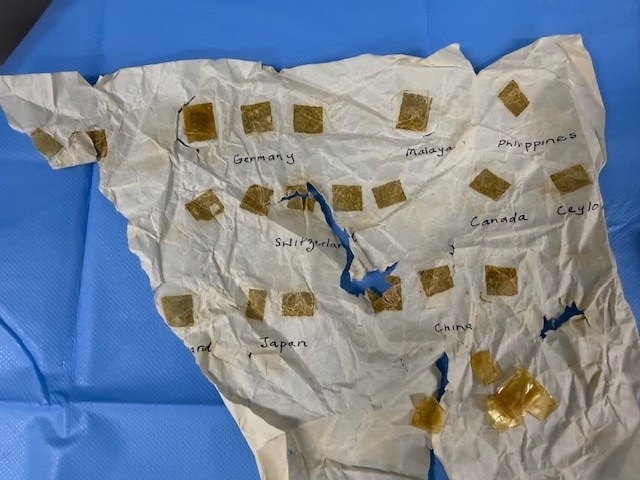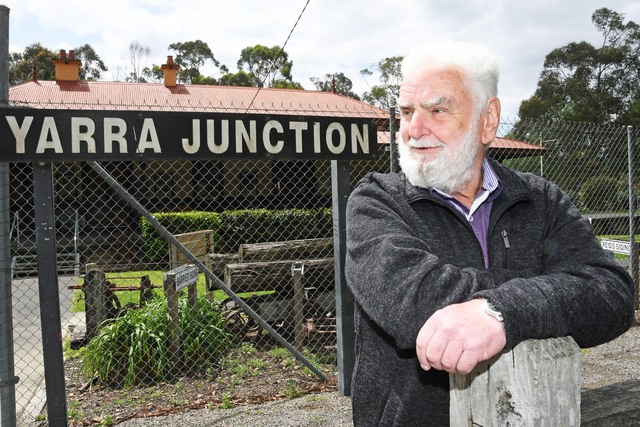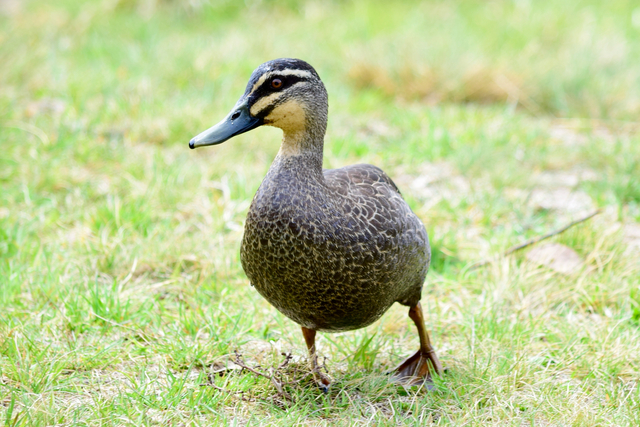By Jane Barraclough
WHEN it comes to tree hazards this winter, the warning signs are obvious – if you know what you’re looking for.
“Exposed to storms, weak trees and branches can become a danger in winter, but breakages can be avoided,” GB Tree Services owner Glen Binyon said.
Mr Binyon said weak trees could be recognised by signs of tree fungus, over-weighted branches and bifurcation, otherwise known as split heads.
“When a tree splits in two or more at the top, this is usually an indication of structural weakness,” he said.
He said double-headed trees could be cabled together to prevent further splitting.
Mr Binyon said swelling in the tree’s trunk could indicate the presence of black ants or termites and a structural weakness.
The insects hollow out the trunk, which may cause it to snap.
Badly grown or drooping branches could also be a sign of an unstable tree.
“If you notice that the branches are hitting the top of you car and they never used to it’s a sign that the tree is getting thirsty,” Mr Binyon said.
“In some cases, over-weighted branches can be cut back to stabilise the tree.”
He also stressed the need to recognise root damage caused by machinery, landscaping or tree fungus.
He said dry rot in trees could be a symptom of a disease called honey fungus, which is rife in the Yarra Ranges and affects a tree’s root system.
He said a tree may look healthy but be affected by the disease which can make the tree unstable and cause it to fall in strong, winter winds.
“You don’t notice root rot,” he said.
“But you’ll see from the ground up things like growths on the tree, unusual swelling, or dead or rotten timber.”
He said honey fungus may appear in the form of white bark around the root system.
Mr Binyon recommends residents contact a local arborist for further advice about tree and branch removal.
Tree dangers are very easy to spot
Digital Editions
-

Police seek owner of valuable coin collection
The police are seeking to find the owner of a large coin collection recovered from a stolen BMW at the start of the year. The…






